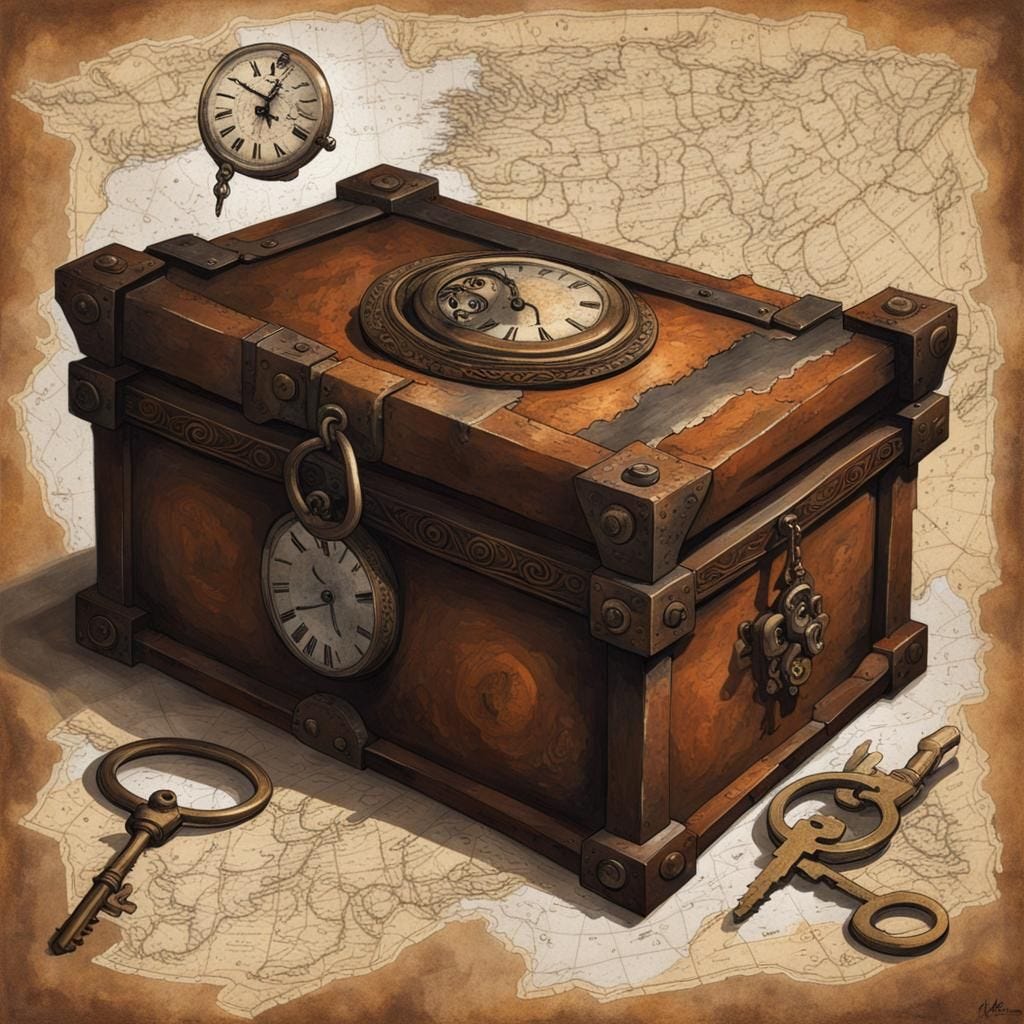Found Objects
...a captivating approach to creative writing that utilizes tangible items, like photographs, letters, or artifacts, to ignite inspiration
"The Art of Found Object Writing" is a captivating approach to creative writing that utilizes tangible items, like photographs, letters, or artifacts, to ignite inspiration. Here's a breakdown of the process:
Step 1: Choosing Your Object Begin by selecting an object that resonates with you. This could be a personal photograph, an intriguing letter found in an old book, or an artifact discovered in a flea market. The key is to choose something that sparks your curiosity and makes you ponder its history.
Step 2: Observing the Object Take the time to observe the physical characteristics of the object – its color, texture, size, and shape. If it's a photograph or letter, look into the details. Who are the people in the photo? What does the letter convey? Pay attention to the emotions these details evoke.
Step 3: Building Your Narrative Craft a narrative around the chosen object. For instance, if it's a photograph, imagine the lives of the people depicted. What are their names, stories, and connections? If it's a letter, explore the relationship between the sender and recipient. Consider what unfolded in their lives after the letter was written.
Step 4: Incorporating the Object into Your Work Integrate the object seamlessly into your creative work. Utilize it as a plot device, a symbol, or a means to develop your characters. For example, a photograph might become a meaningful memento carried by your protagonist, evoking a past they seek to forget. A letter could serve as a crucial piece of evidence in a mystery your protagonist is unraveling.
Step 5: Revising Your Work After incorporating the object, revise your work to ensure it feels like a natural part of the narrative. The goal is for the object to enhance the story's depth, not seem like an added element. This step is crucial for a cohesive and compelling narrative.
Conclusion Found object writing is a potent tool that injects depth and richness into creative work. By integrating tangible items, you can craft more engaging and vivid stories. So, the next time you encounter a creative block, take a look around – inspiration might be waiting in the everyday objects that surround you.
<The following articles explore these subjects.>
Keep reading with a 7-day free trial
Subscribe to StoryAngles to keep reading this post and get 7 days of free access to the full post archives.





